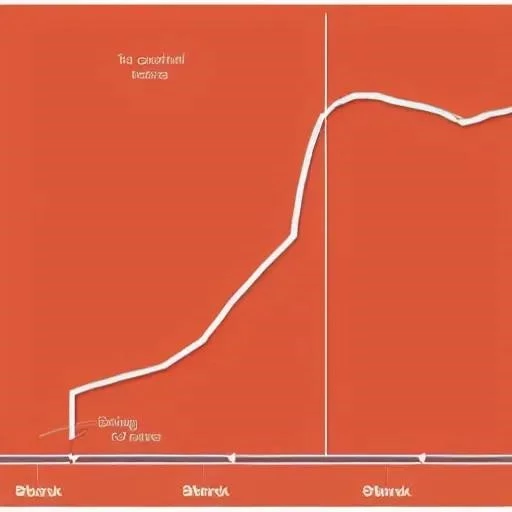The allure of a new vehicle—its gleaming paint, the scent of fresh upholstery, the promise of open roads—is a powerful one. For many, the dream of driving away in their perfect car quickly encounters the practical reality of its price tag. This is where car finance enters the picture, often perceived as a complex web of interest rates and terms. Yet, beneath the surface of these seemingly intricate agreements lies a remarkably straightforward and, crucially, secure financial instrument that empowers millions to realize their automotive aspirations. Understanding its fundamental nature is not just about making a purchase; it’s about making an informed, strategic investment in your mobility and future.
In an era defined by dynamic economic shifts, grasping the mechanics of personal finance has become more critically important than ever. When considering a significant asset like a car, discerning the type of loan you’re engaging with can dramatically influence your financial stability and the overall cost of ownership. The question, “Is car finance a secured loan?” isn’t merely academic; it’s foundational to appreciating the robust safety nets built into these financial products and how they can proactively protect both borrower and lender. By meticulously structuring these agreements, the automotive finance industry has cultivated a resilient ecosystem, fostering accessible car ownership while managing inherent risks through a clear, asset-backed framework.
Understanding Key Car Finance Concepts
To fully appreciate the secure nature of car finance, familiarizing yourself with these essential terms is incredibly beneficial:
| Key Concept | Description |
|---|---|
| Secured Loan | A loan backed by collateral, such as property or a vehicle, which the lender can seize if the borrower defaults. This often results in lower interest rates due to reduced risk for the lender. |
| Car Finance (HP/PCP) | Specific forms of financing where the vehicle itself serves as collateral. Hire Purchase (HP) involves paying fixed monthly installments, owning the car outright at the end. Personal Contract Purchase (PCP) offers lower monthly payments with a balloon payment option or trade-in at the end of the term. |
| Collateral | An asset pledged by a borrower to a lender as security for a loan. In car finance, the car is the collateral, providing the lender with a means to recover losses if the borrower fails to repay. |
| Annual Percentage Rate (APR) | The annual rate charged for borrowing, expressed as a percentage. It includes interest and other fees, providing a comprehensive measure of the cost of credit. |
| Default | Failure to repay a loan according to the agreed terms. In a secured car loan, defaulting can lead to the repossession of the vehicle by the lender. |
For more detailed information on car finance and secured loans, visit ConsumerFinance.gov ー Auto Loans.
The Unmistakable Security of Your Auto Loan
At its core, most traditional car finance, particularly Hire Purchase (HP) and Personal Contract Purchase (PCP) agreements, functions as a secured loan. This simply means that the loan is backed by an asset—in this case, the very vehicle you are purchasing. This arrangement offers a crucial layer of protection for the lender, mitigating their risk significantly. Should a borrower, unfortunately, find themselves unable to meet their repayment obligations, the lender retains the legal right to repossess the car to recover the outstanding debt. This mechanism is profoundly similar to how a mortgage works, where your home serves as the collateral, providing a tangible asset against the borrowed funds.
This secured nature is incredibly beneficial to consumers, even if it initially sounds daunting. Because the lender’s risk is considerably lower, they are often able to offer more attractive interest rates compared to unsecured personal loans, which carry no such collateral. This translates into potentially lower monthly payments and a reduced overall cost of borrowing for the buyer, making car ownership more accessible to a broader demographic. “The inherent security of auto loans has been a cornerstone of the automotive industry’s growth,” notes Dr. Eleanor Vance, a leading financial economist specializing in consumer credit. “It allows for robust lending practices, fostering market stability and providing consumers with predictable, often more affordable, pathways to vehicle acquisition.”
Driving Forward: The Optimistic Outlook on Automotive Financing
Looking ahead, the landscape of car finance is continuously evolving, driven by technological advancements and shifting consumer preferences. The secured nature of these loans provides a stable foundation upon which innovative products and services can be built. We are observing an increased integration of digital platforms, streamlining the application process and offering greater transparency, which further empowers consumers. Imagine a future where AI-driven insights personalize finance options in real-time, perfectly matching a buyer’s financial profile with optimal loan structures, all while retaining the fundamental security that defines current offerings.
The adaptability of secured car finance models ensures their continued relevance. As electric vehicles (EVs) gain market share and subscription models emerge, the underlying principle of asset-backed lending remains remarkably effective. Financiers are already exploring creative ways to integrate battery values and residual forecasts into new finance products, ensuring that the dream of sustainable, futuristic mobility remains economically viable for everyone. By embracing informed decisions and leveraging the inherent security of car finance, individuals can confidently navigate the path to vehicle ownership, driving not just a car, but their aspirations into a brighter, more mobile future.






